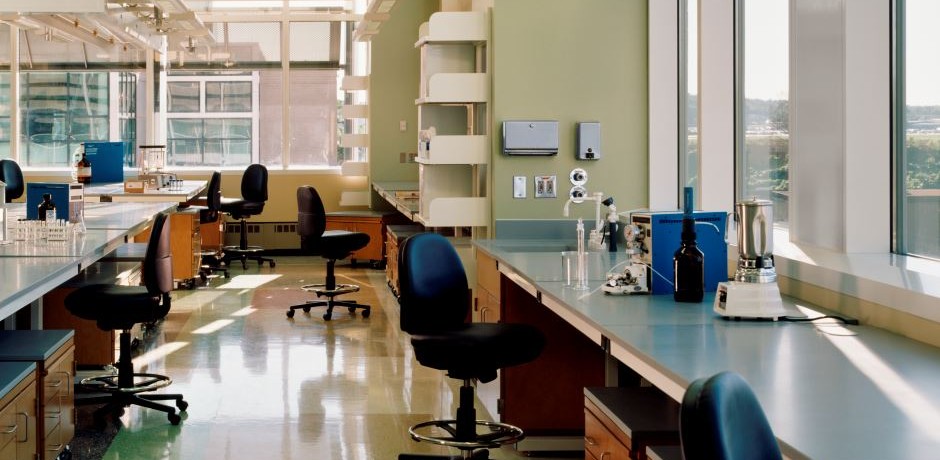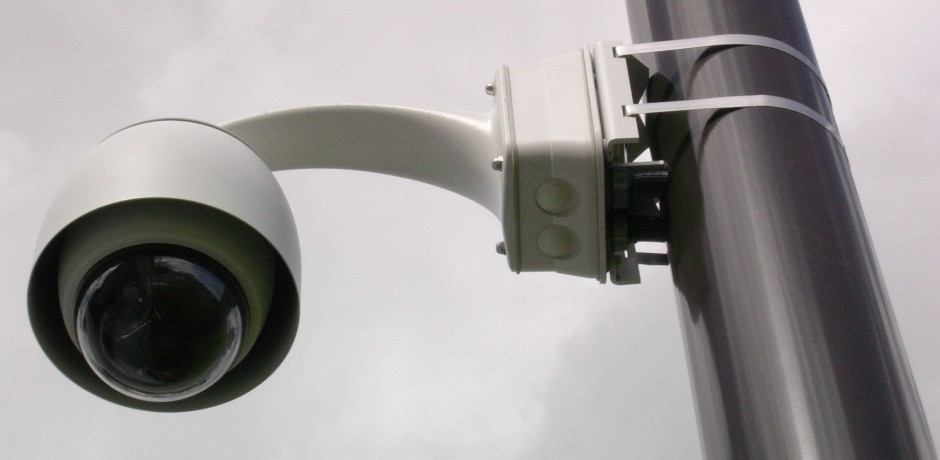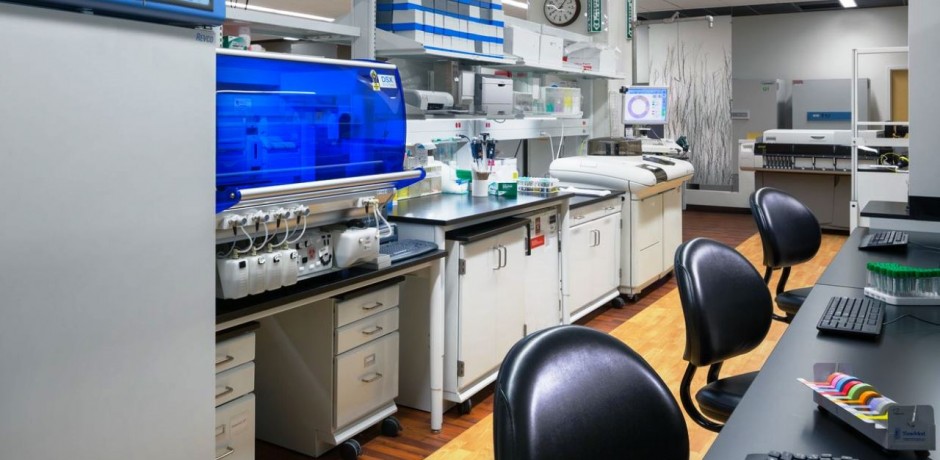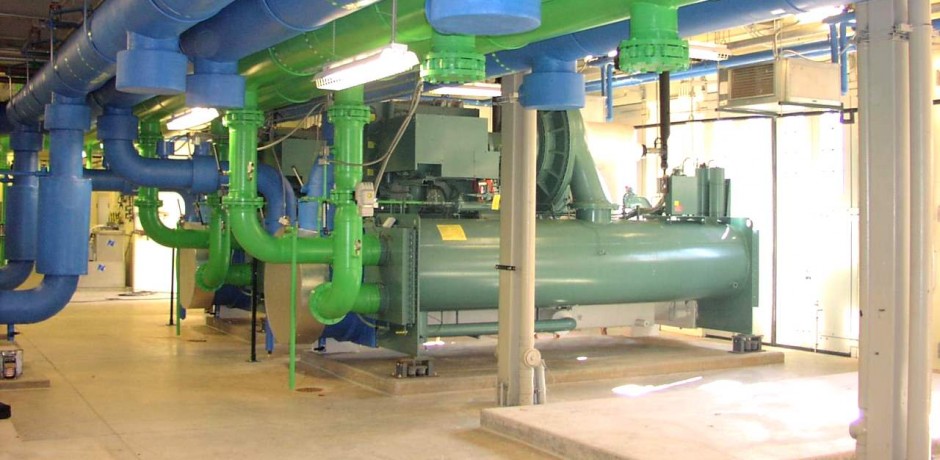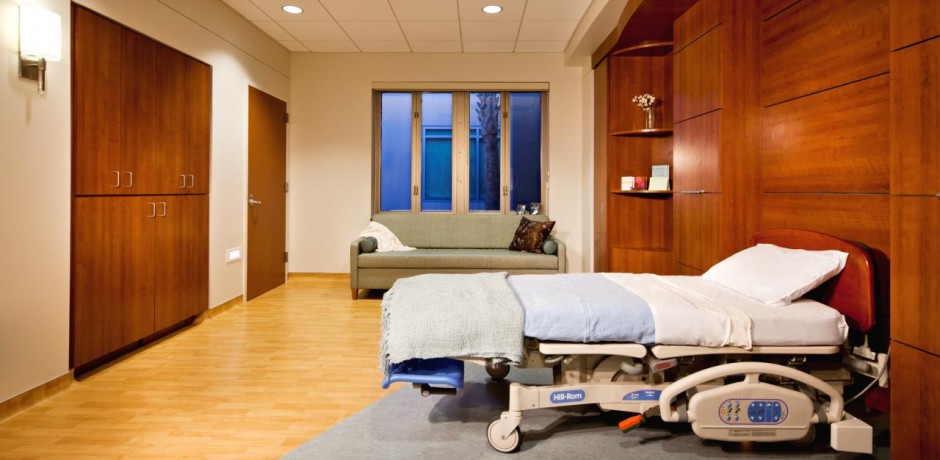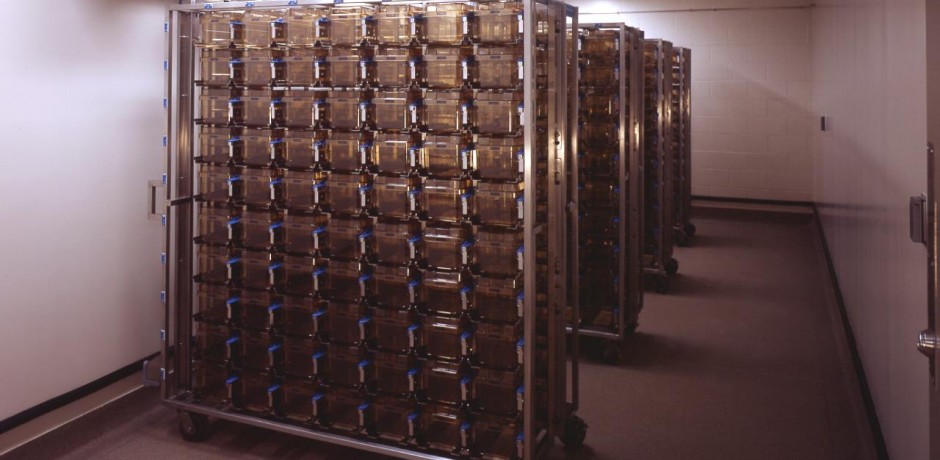Category: Publications, Presentations, Seminar Notes
Specialty systems include many of the low-voltage systems that comprise the tools necessary for information professionals to produce work. Many applications such as e-mail, messaging, telephony, security systems and building environmental controls depend on the LAN and WAN and require a robust combination of physical hardware and logical configuration to operate correctly. As we learned by watching the heating, ventilating and air conditioning (HVAC) industry, benefits can be realized by more closely involving the design team, the contractor and the owner during the implementation phase to ensure that systems operate as intended and can prove themselves fully during a performance evaluation. more
HVAC systems in a typical laboratory facility can use five to 10 times as much energy as the systems in a typical office building.1 This higher energy use is due to many factors including 100% outside air systems; 24-hour-a-day operation; high internal heat gains; high air change rate requirements; equipment exhaust requirements; and high fan energy. more
The movement to provide more sustainable school buildings continues to grow. At the same time, the Sept. 11, 2001, terrorist attacks and recent campus shootings are driving education institutions to construct safer campuses and more secure buildings. Although these movements appear to have little in common, they complement each other in several areas. more
The reemergence of our core cities as more active and vibrant communities brings pressures and challenges to those who design. The density of buildings, traffic, the scarcity of land, and a competitive spirit among developers are all factors that work together to push modern buildings higher.
Sometimes, especially in motion pictures, we envision high-rise buildings as towering skyscrapers. While this is the romantic and not always incorrect vision, a “high” rise can be as short as eight to 10 floor levels. The National Fire Protection Association (NFPA) defines a high-rise building as a building with an occupied floor that is 75 feet above the level where the firefighting apparatus would stage firefighting operations. That low threshold requires several specific features to be designed into buildings to promote life safety and allow for emergency responders to safely and quickly access the higher levels of the building, thereby saving lives and considerable invested resources. With that fairly simple definition, all high-rise design challenges should be the same, right? Perhaps some additional discussion is warranted before we make that determination! more
The furor over compliance with United States Pharmacopoeia (USP) General Chapter 797, Pharmaceutical Compounding—Sterile Preparations,1 has somewhat subsided with the Joint Commission for Accreditation of Healthcare Organizations’ decision not to enforce its requirements. As of this writing, at least 10 states require compliance (in whole or in part). However, many facilities may desire to comply now to prepare for future federal, state or industry regulations. Operational modifications are the primary means of compliance, but the pharmacy’s HVAC system also must be evaluated. USP 797 offers some confusing requirements for HVAC system designers, but compliance in an existing facility is not as difficult as it may seem. more
Water – The Universal Solvent
In its purest form, water is one of the most aggressive solvents known and will dissolve a material until the solution reaches saturation. Pure water is also a critical ingredient in many business ventures; manufacturing, power generation, health care, pharmaceuticals, research, food production and processing, etc. Each of these business sectors has a different but specific use for high purity water. Water purity is relative to its use. Different industries have different critical levels or types of impurities; microelectronics – TOCs (total organic compounds); power – silica; pharmaceutical – bacteria; research –conductivity/resistivity.The specific purity needs, along with the analysis of the source water, form the basis of treatment to produce high purity water. more
The Centers for Disease Control and Prevention (CDC) is undergoing significant changes at its Atlanta campuses. With many of its buildings constructed in the 1950s and ’60s, the main campus now requires facility upgrades to improve its ability to fulfill its missions, which include being a national leader in research and response to the threat of bioterrorism. more
If a desktop computer had the capability to transmit data at 10 Gigabits per second, one could transfer an entire DVD movie in 30 seconds-a movie that otherwise would require two hours to consume. The speed of 10GBase-T is so much greater than 1000Base-T that it dwarfs the speed at which modern hard disk drives read and write to the system bus.
When hardware that can use this technology becomes commercially available, the opportunities for working directly from centralized data storage will be possible. This can potentially change the concept of using local storage. If used in a current desktop, the computer would quickly become overwhelmed with data. more
The latest edition of the Guidelines for Design and Construction of Hospital and Health Care Facilities1 will be published this month. With assistance from the U.S. Department of Health and Human Services, the Guidelines is revised periodically and published by the American Institute of Architects Academy of Architecture for Health, and Facility Guidelines Institute (FGI). The Guidelines provide minimum ventilation for health-care facilities. The Guidelines also are adopted or adapted and enforced by 42 states and the Joint Commission on the Accreditation of Healthcare Organizations. The 2006 edition has some notable changes to the ventilation and ventilation-related recommendations. more
We have a cagewash area with extremely poor exhaust design. The space is, on average, at 95% relative humidity. What are the typical environmental operating parameters of a cagewash area? What are ideal velocities in the duct and what is the ideal slope of said duct? more


